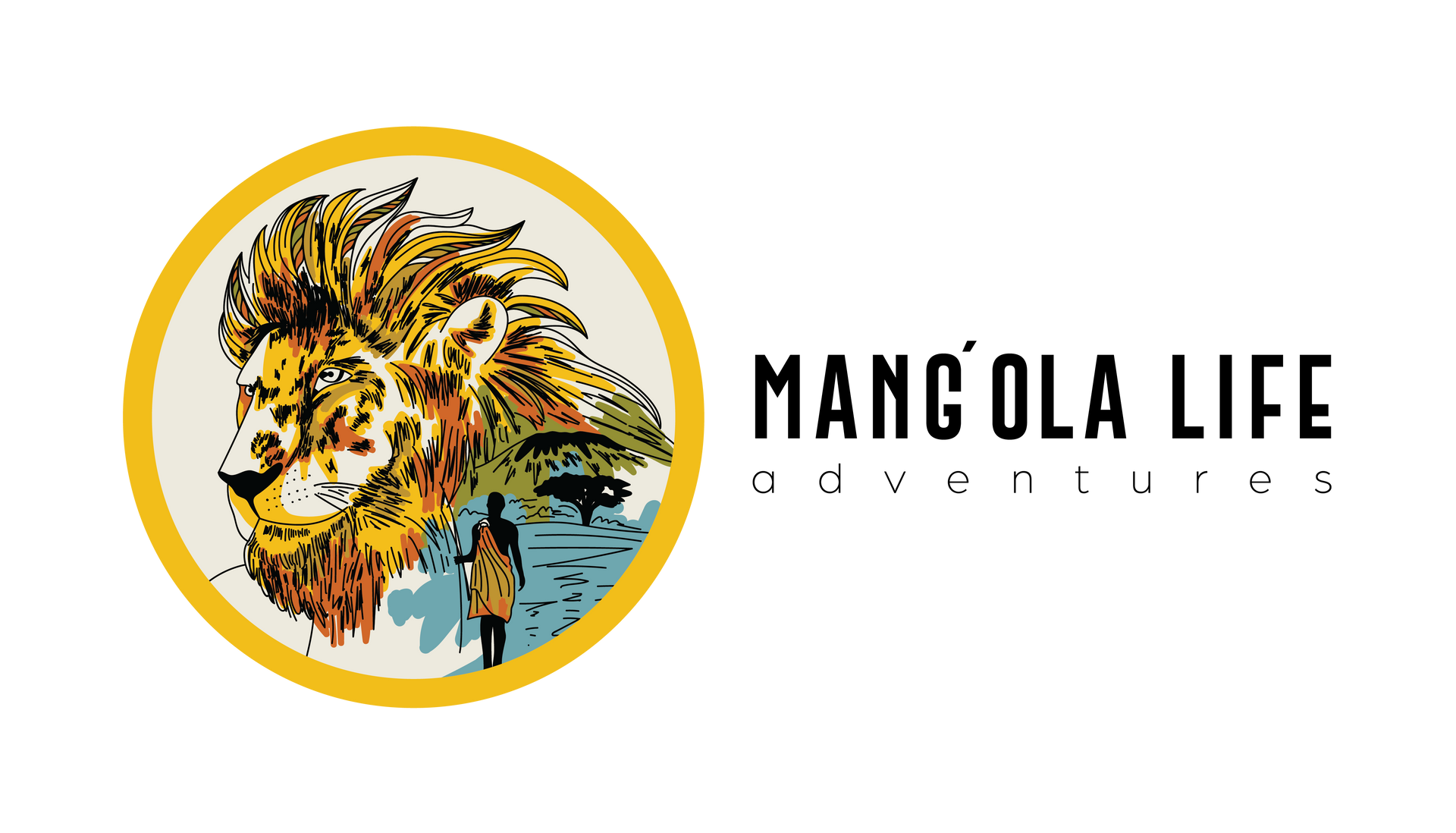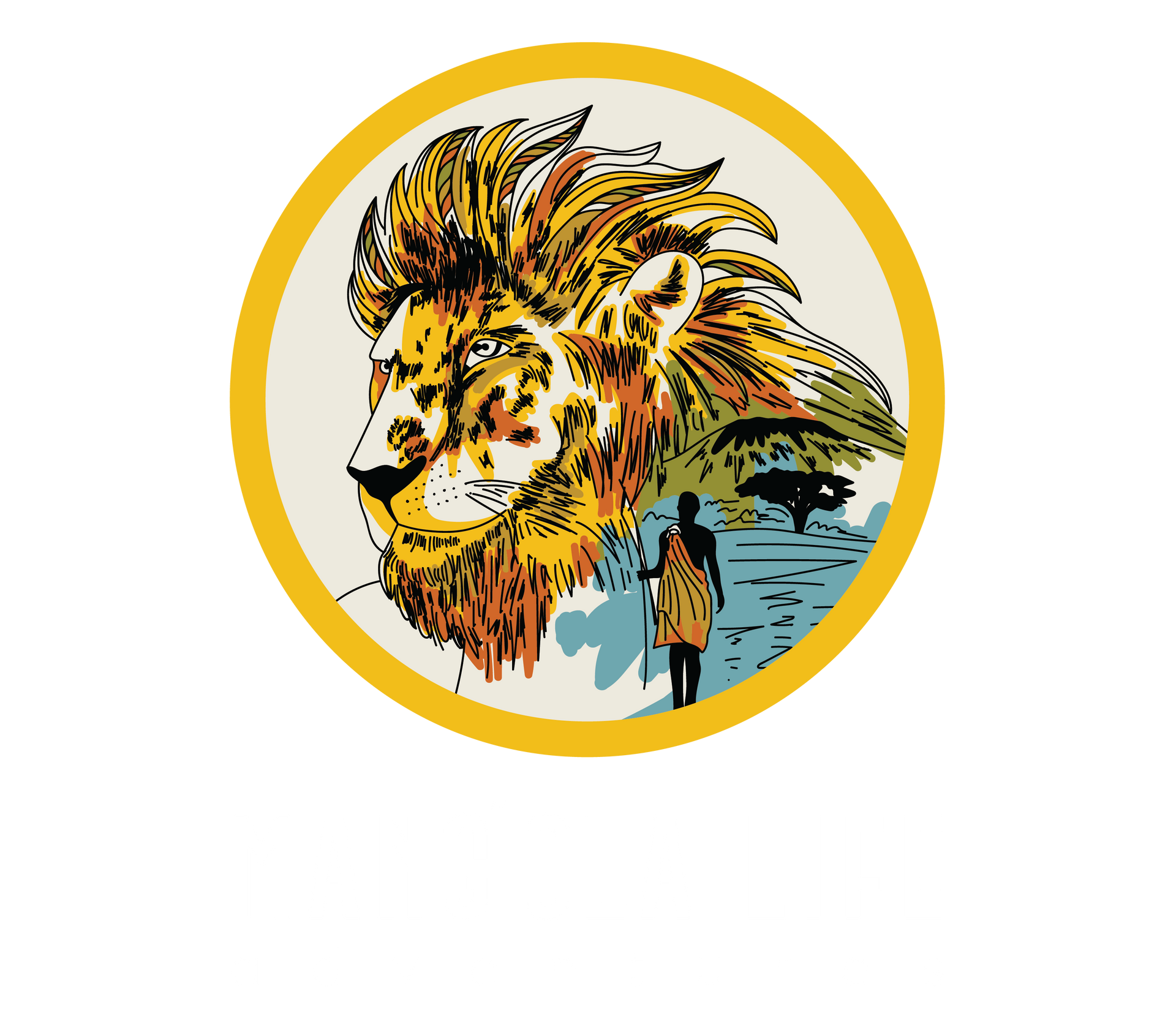Tarangire National Park travel tips and what to visit
Some places speak in whispers. Others in roars. Tarangire National Park does both—and it stays with you long after you’ve left.
Here, ancient baobabs tower like silent elders, herds of elephants move like water across golden savannahs, and the air is alive with birdsong and soft winds. It’s a place that doesn’t just ask you to look—it asks you to feel.
For travelers seeking a safari that blends raw beauty with soul, Tarangire is a sacred stop. A sanctuary where you’re not just passing through, but being welcomed by the land.
Whether it’s your first Tanzanian adventure or a return to reconnect with the wild, this guide offers everything you need to explore Tarangire consciously, ethically, and with reverence. In case you’re new here we are a sustainable safari tour company in Tanzania.
Why visit Tarangire National Park?
What is special about Tarangire National Park?
It’s not just the elephants—though you’ll see plenty. It’s the rhythm, the stillness, and the stories the land tells.
Tarangire is home to the largest elephant population in northern Tanzania. But what makes it unforgettable is how it pulses with life. Especially during the dry season (June–October), when thousands of animals congregate along the Tarangire River, the park becomes a living, breathing theater of survival and connection.
You’ll witness baobab trees older than entire civilizations, lions resting in tall grass, giraffes walking like brushstrokes across the horizon. But beyond the spectacle, there’s a sacred calm. The quiet between sightings. The feeling that you’re witnessing something ancient and rare.
Tarangire isn’t about ticking animals off a list. It’s about slowing down, tuning in, and allowing yourself to be part of the wilderness. For the conscious traveler, that kind of pause is where transformation begins.

Is it worth going to Tarangire National Park?
Yes—especially if you want your safari to feel like a conversation, not a checklist.
Tarangire often flies under the radar compared to Serengeti or Ngorongoro. That’s exactly why it’s so special. You’ll share the landscape with more wildlife than tourists, giving you space to be present and breathe.
This park offers:
- A deeper connection with nature — Tarangire isn’t a performance. It’s an invitation. It allows you to watch, wait, and truly feel part of the wild.
- Birdwatching that stirs the soul — With over 550 species, every glance skyward is a discovery.
- Diverse ecosystems — Swamps, woodlands, river valleys, and ancient baobabs. Each corner of the park tells a different story.
- Peace and presence — The slower pace makes it ideal for mindfulness, photography, and meaningful safari moments.
If you travel to feel rather than to boast, Tarangire is worth every second.
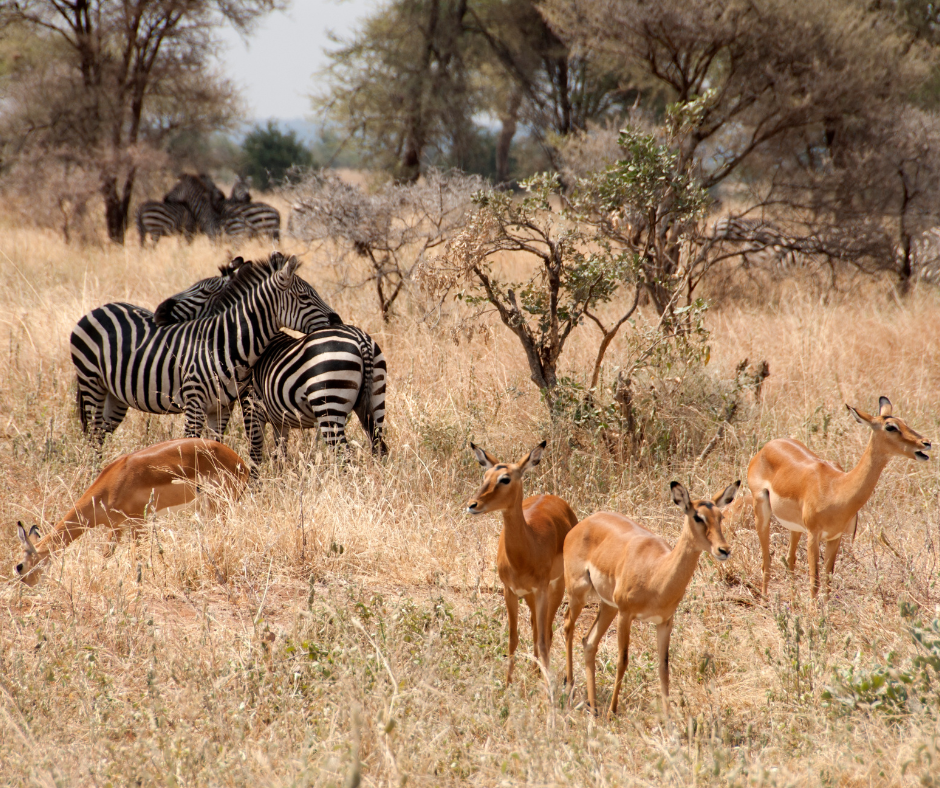
Tarangire vs Serengeti: What’s the difference?
Wildlife differences between the two parks
The Serengeti is vast, dramatic, and famous for the Great Migration. It’s the setting of wildlife documentaries and big-ticket safaris. Expect sweeping plains, huge herds of wildebeest and zebra, and predator drama at every turn.
Tarangire is more personal. Here, elephants dominate the scene—especially in the dry season. You’ll also spot lesser-seen species like the fringe-eared oryx, kudu, and tree-climbing lions. The density of animals during the dry months is among the highest in Africa.
When to go: best times for each park
- Serengeti: Year-round appeal, but best during the Great Migration (June–July, October–November)
- Tarangire: Shines during the dry season (June–October) when wildlife flocks to the Tarangire River
Crowd levels and traveler experience
In peak season, the Serengeti can feel like a safari highway. Tarangire, on the other hand, offers breathing room. Fewer vehicles. More silence. More stars at night. It’s perfect for travelers who want connection over crowds.
Planning your trip to Tarangire
How much does it cost to go to Tarangire National Park?
Here’s a transparent breakdown:
- Park entrance fees: ~$50 USD per adult per day
- Guided safari: $150–300 USD per day (vehicle, guide, fuel)
- Lodging:
- Budget: $60–100/night (basic campsites or bandas)
- Mid-range: $150–300/night (eco-lodges or camps)
- Luxury: $400+/night (all-inclusive, conservation-focused properties)
💡 Choose local operators with deep roots in the community. It ensures your money uplifts—not extracts.
* Disclaimer: The prices mentioned in this blog are approximate estimates and may vary depending on the season, operator, or local changes. We recommend checking directly with official websites or providers for the most up-to-date information.*
What to pack for Tarangire National Park
- Neutral-colored clothing (avoid bright colors and camouflage)
- Eco sunscreen & insect repellent
- Binoculars & zoom lens
- Reusable water bottle
- Field journal for notes or reflections
Tarangire National Park travel tips from locals
- Go early or late: That’s when wildlife is most active and light is golden.
- Stay quiet: Whisper in the jeep, turn off your phone camera sounds, and let nature take the lead.
- Support local: Buy crafts from community-run shops, tip your guide well, and ask questions with respect.

Where to stay: lodges and camps inside Tarangire
Accommodation in Tarangire National Park: from luxury to eco
There’s something for everyone. But not everything is created equal. Look for:
- Solar-powered systems
- Water-saving practices
- Composting & recycling policies
- Local employment and sourcing
When your lodge walks its sustainability talk, your stay becomes a positive footprint.
Tarangire Sopa Lodge: classic comfort among baobabs
With expansive views and well-appointed rooms, Tarangire Sopa Lodge is a timeless choice. It offers:
- Spacious suites with balconies
- Local dishes made with regional ingredients
- Stellar access to sunrise game drives
Recommended eco-lodges in Tarangire
- Oliver’s Camp For travelers who want silence, walking safaris, and zero waste comfort.
- Tarangire Ndovu Camp: Boutique beauty with low-impact designs and stunning open-air tents.
- Nimali Tarangire: Offers privacy, luxury, and partnership with local communities.
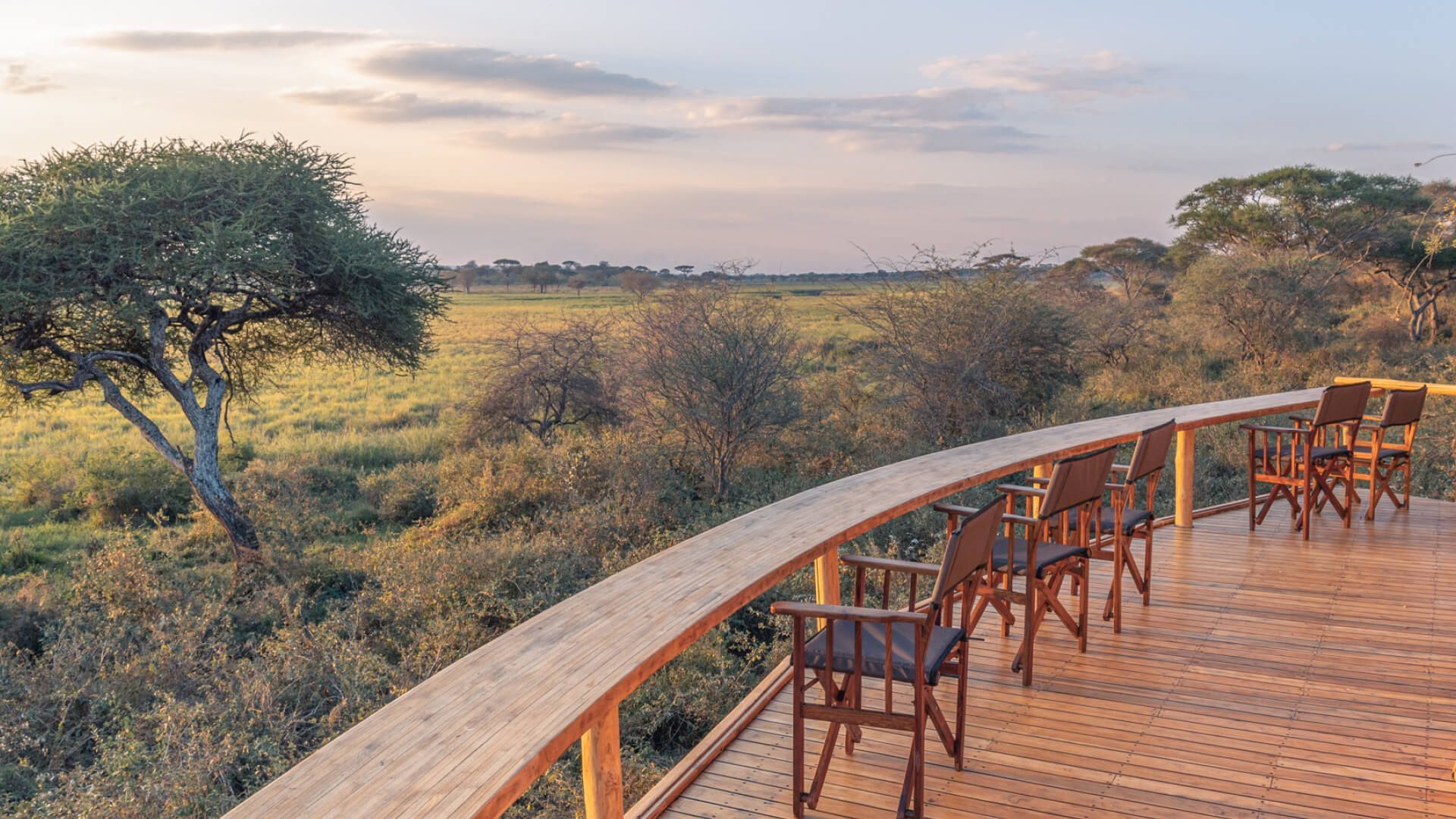
Wildlife encounters: what you’ll see in Tarangire
Elephant migration: the giants of Tarangire
They’re everywhere—and they’re magnificent. During the dry months, hundreds gather at the riverbanks. Watching them interact—bathe, play, protect—is a moving, meditative experience.
Tip: Always stay quiet and give them space. Elephants are emotional and highly sensitive creatures.
Rare species: from fringe-eared oryx to tree-climbing lions
This park is full of surprises:
- Fringe-eared oryx: With their elegant horns and desert resilience
- Tree-climbing lions: Unusual and magical to witness
- Birdlife: From martial eagles to tiny sunbirds
Every drive becomes a treasure hunt.
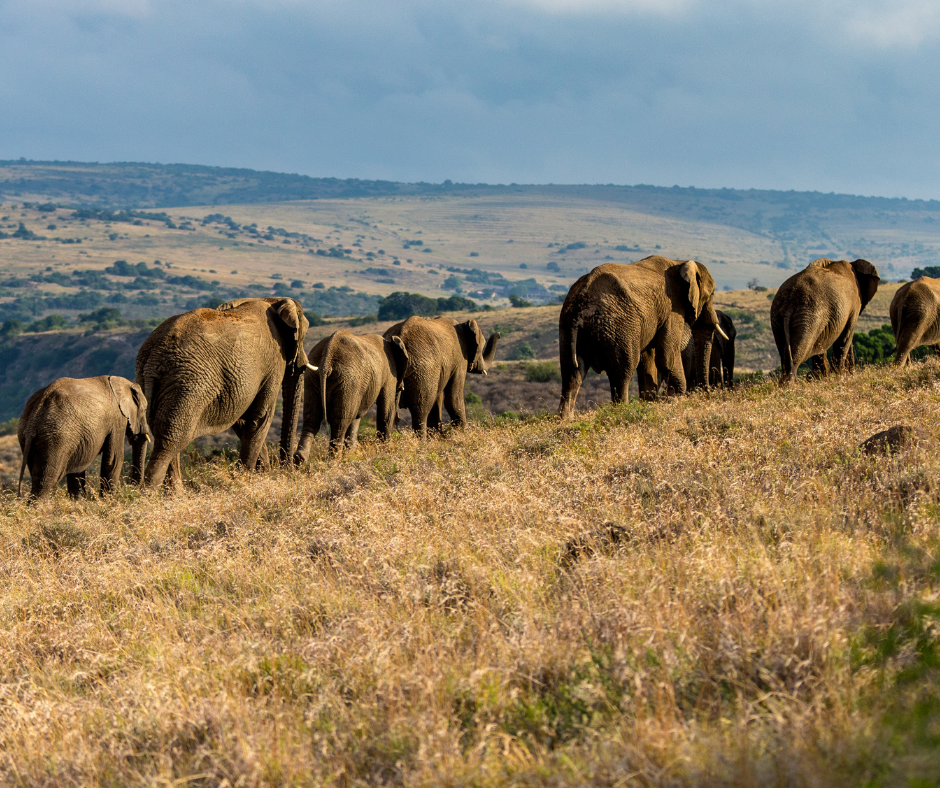
A conscious way to safari: travel with intention
How to safari responsibly in Tarangire National Park
- Stay on marked paths to avoid trampling delicate terrain
- Respect animal behavior and don’t rush encounters
- Say no to plastic: bring refillables and reusable bags
Choosing local guides and community-based experiences
- Ask who owns your tour company
- Book cultural visits that are community-run
- Shop at cooperatives and fair-trade craft markets
When your safari uplifts the people who live there, the impact is far greater.
Travel with Mang’ola Life: soulful safaris in Tarangire
What makes Mang’ola Life different
Mang’ola Life is more than a safari company—it’s a philosophy. We:
- Design journeys rooted in regeneration
- Partner with local families, farmers, and artisans
- Offer slow travel that prioritizes presence over pace
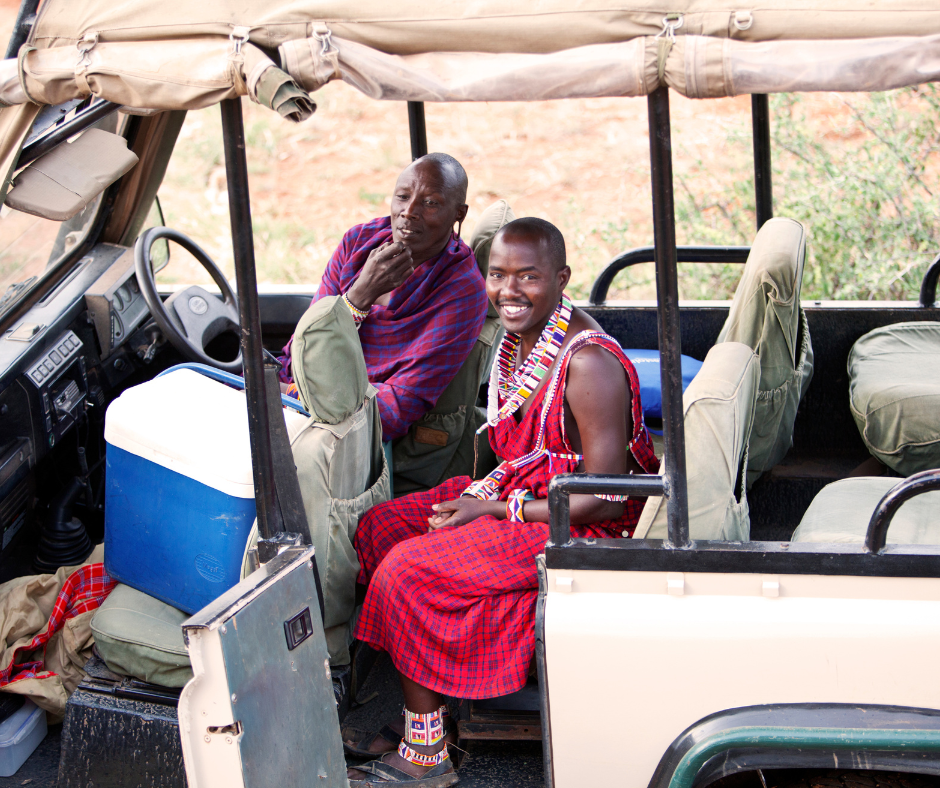
Let your journey mean something
Tarangire isn’t just another stop on a safari itinerary—it’s a lesson in presence. A place where trees whisper stories, elephants teach you patience, and sunrises ask nothing but your full attention.
If you’re ready to explore Tanzania through a conscious, connected lens—start here.
Choose slow travel. Support local hands. Seek wonder in silence.
Begin your soulful and sustainable safari experience with Mang’ola Life—where we guide journeys of regeneration, culture, and awe in the heart of Tanzania.
Because some journeys don’t just change where you are—they change who you become.
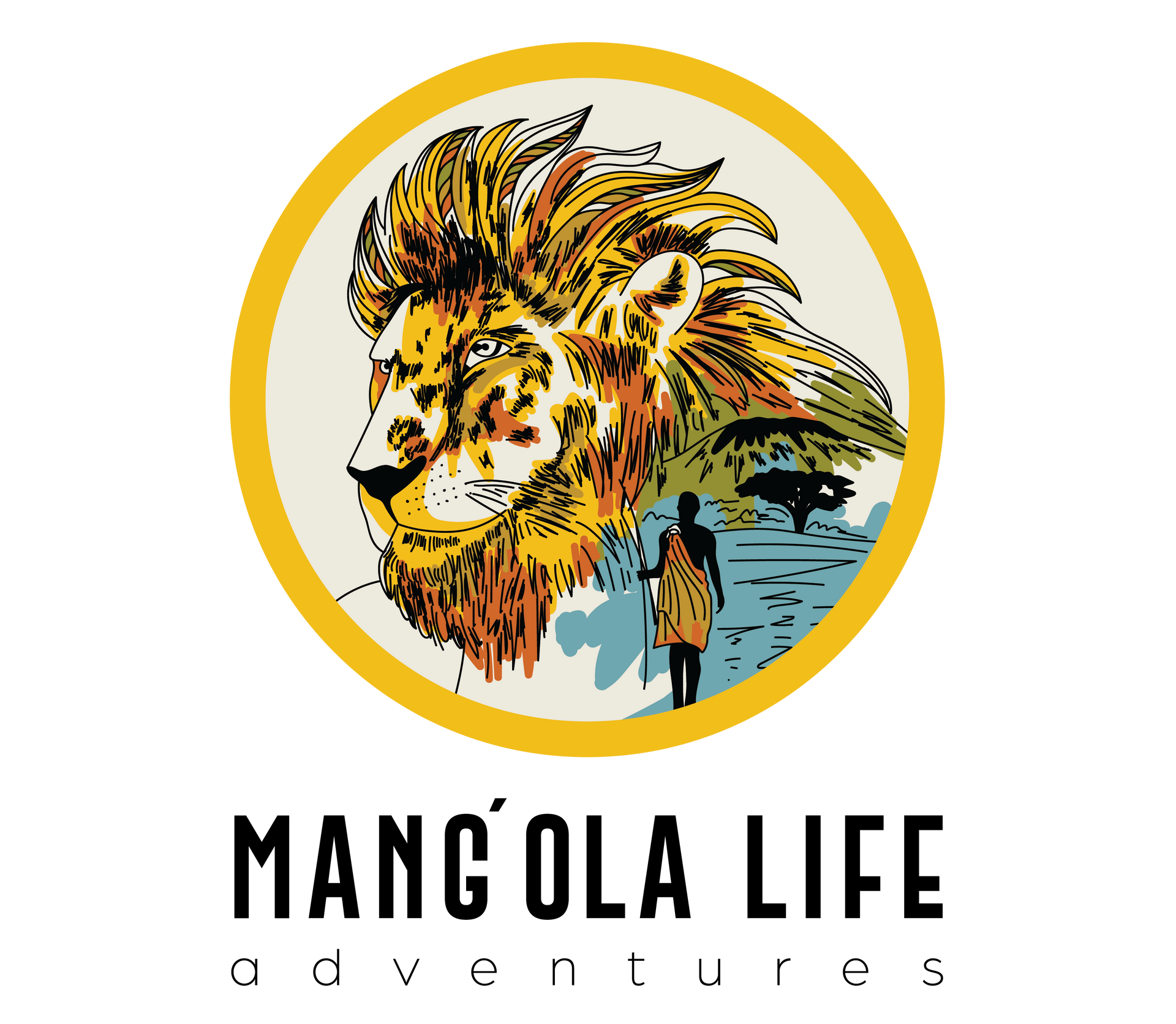
Welcome to Mang'ola life we are a sustainable safari company located in the heart of Tanzania, Africa. Plan your next adventure with us.





